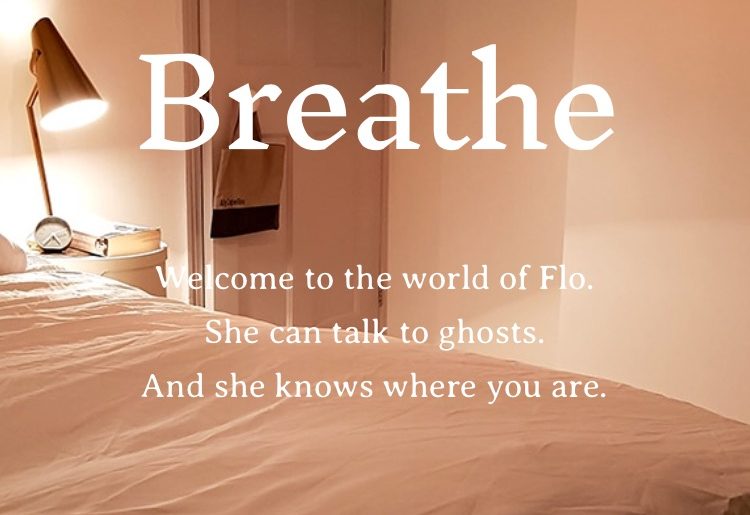This blog will take approximately 2.5 minutes to read.
At the recent FutureBook conference in London, The Bookseller’s annual book publishing and innovation jamboree, games consultant and writer Nicholas Lovell talked about a core idea behind the way content across all forms is delivered to us these days: the “session promise.” By this he means both the length of time the work requires of us to view, read, or play at any single sitting — the tv drama episode, the game level, the podcast serial — as well as the bargain we make with ourselves as we sit down to view: “I’ll just watch one episode of ‘Stranger Things 2.’” With the print book the session promise is so well established that it’s as invisible to readers as the printer’s rectangles Ian Gadd focuses on so elegantly in his most recent Ambient Literature blog.
While I was not able to attend FutureBook this year, one of my PhD students, Lisa Gee, went along. Lisa is writing an interactive biography of an 18th century “man of letters,” William Hayley. In HayleyWorld, Lisa does away with the standard chronological cradle-to-grave biography format and allows readers to engage with Hayley via mutual interests, i.e. “Love and Marriage,” “Theatre,” “Mental Infelicities.” I’ve been reading the work as Lisa prepares to submit her PhD for examination and this notion of “session promise,” its importance to user experience, and ways to build it in to that experience, has come up repeatedly in our discussions, as it does so often with hybrid digital forms.
The session promise is particularly important for audience engagement with online long-form content, and can be crucial to enticing a reluctant or nervous audience onto new territory; the emergence of the identification of the “long read” in journalism serves to underline this as does the recent Twitter convention of the numbered thread. We need to know what is expected of us as readers or viewers; we need to know whether the work in front of us requires ten minutes or ten hours or ten days. Once we know that, we’re happy. The length or duration of a work itself is not an issue, but not knowing the length or duration of a work is an issue. As a creator and consumer of hybrid digital forms, a lack of session promise is something that never fails to cause me anxiety. And this anxiety can get in the way of the other, perhaps more important though certainly harder to define, aspect of the “session promise” — what am I going to gain or learn or experience through reading/listening to/viewing/playing this work?
The works created through the Ambient Literature project all have their own version of the session promise: in Duncan Speakman’s It Must Have Been Dark by Then it comes through the set up the reader needs to put in place in order to experience the work, and the interaction between the reader, the book and the app. An event and/or festival-based piece, you’ll be told it lasts about an hour when you register to take it out. Sounds complicated, but it’s not. In James Atlee’s The Cartographer’s Confession, the work is divided into chapters as well as navigational points on a map. You can break up the work in different ways and via alternate routes, allowing for multiple opportunities to understand the session promise made to the reader.
In my work, Breathe, (to be published 30 January!), the approximate length of time required to read the story is stated on the intro page, and each page contains its number set against the entire number of pages, i.e. 3/107. My hope is that anyone experiencing anxiety while reading Breathe will be feeling that anxiety for reasons related to the story itself, not because they’re worried about embarking on a new kind of reading experience and the unfamiliar demands it might make of them.
— Kate Pullinger








